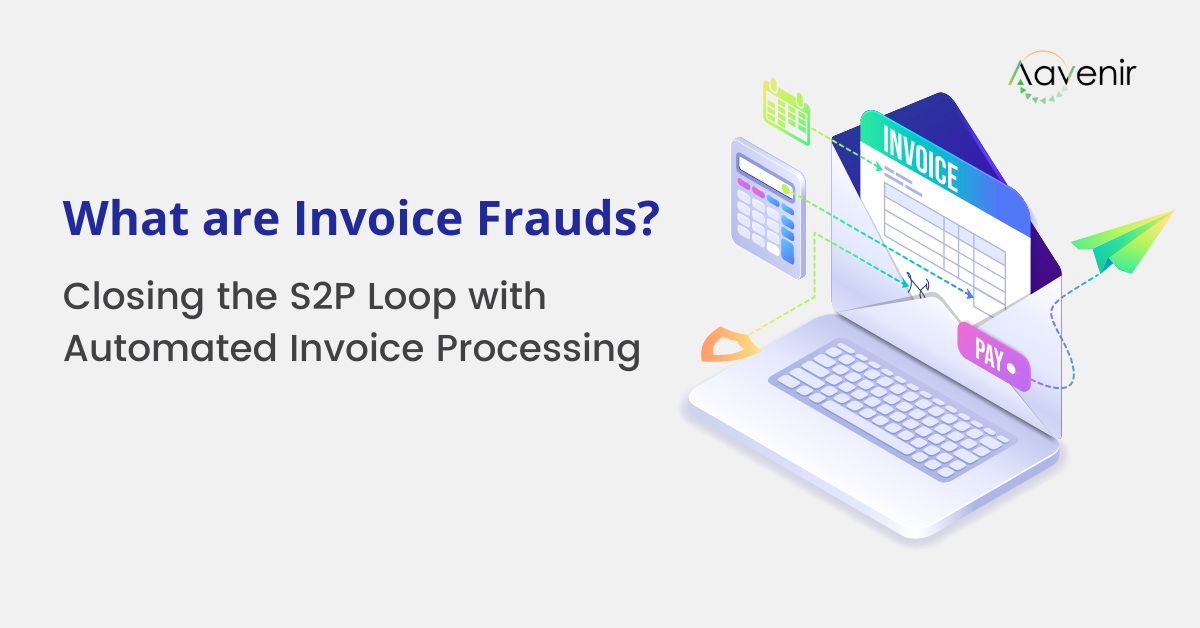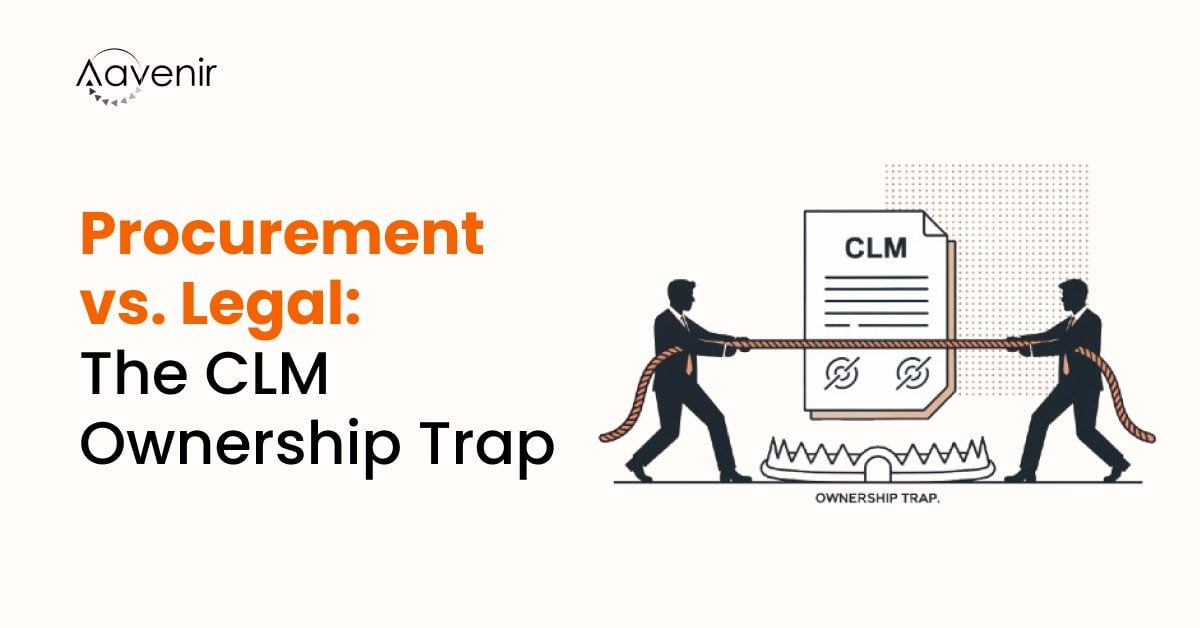“Cybercriminals conduct business email compromise costing US businesses more than $2 Billion.” Large companies with the best technology face the same problem as small businesses. Google and Facebook just got tricked out of $123 million by a scam that costs small businesses billions every year. The companies were scammed out of the payments by a technique known as business email compromise or invoice fraud. “Invoice fraud is where a criminal poses as a vendor and convinces a company to wire huge sums of money to an offshore account as “payment” for services that were never rendered.” Invoice fraud results in an immediate financial loss to the companies. And it’s on the rise with increasing digitalization.
3 Types of Post Contract Invoice Fraud
An average large company processes 1000s of invoices every month. The sheer volume makes it impossible to closely examine each invoice that comes through the door. Invoice scams involve a variety of tactics that can sneak a phony invoice past even the most experienced Accounts Payable teams. Here are some common types of fraud and tips to make your company safe.
1. Inflated Invoices
The most popular tactic is to submit a phony invoice with inflated prices. While this may seem easy to spot, it usually isn’t. Typically, the amounts aren’t inflated significantly enough to raise red flags. The idea here isn’t to get a big payout. Scammers rely on volume to get away with as many small amounts as possible.
Tips: The easiest way to deal is:
- Review the purchase order (PO) thoroughly and invest in automated invoice matching
- Be on the Lookout for Red Flags which include a logo that doesn’t look correct, poor grammar, different bank account numbers, varied contact information, invoices in even amounts, and spotting the same numbers over and over.
2. False Vendor Invoices
The most glaring of the scams is that of false vendor invoices. Invoices appear to be charged for legitimate goods or services. In this case, however, no product was ever delivered. What makes this trick so difficult to spot is that the invoices come from vendors the company regularly uses. Knowing this, the scammers rely on the chances that no one will question the validity of the invoice.
Tips: One giveaway of this tactic is:
- When the goods listed on the invoice can’t be accounted for in inventory, or there is no PO to match the invoice in question.
3. Duplicate Invoices
Duplicate Invoices are a huge source of leakages for big companies. 2 % of a typical corporation’s A/P invoices may be duplicate, reports AuditNet. An inside connection to the business makes it easier to get away with this blatant deception, but external parties often try to get away with the crime by submitting invoices for amounts low enough that they’ll fly under the radar. Not all duplicate invoices are fraud, of course, but sneaking duplicate invoices under the radar as a popular tactic for criminals on the inside and outside of organizations.
Tips: Solve invoice fraud by taking the following steps:
- Establish a company-wide, standard policy for invoice numbering
- This policy should establish definitive guidelines for entry of an invoice number when one already exists, as well as rules for capitalization and punctuation entry.
How AP Automation Can Help Reduce Invoice Frauds?
Although invoice fraud is prevalent, there are things you can do to prevent your company from becoming a victim. Prevention starts with a thorough review process to filter out the problem. Three-way matching is a technique that requires the invoice to be matched with the purchase order and the receipt of the goods.
Combating invoice fraud with AP automation is about verifying invoice information, knowing if the order was received and the PO is accurate. It’s about making the team run as efficiently as possible by allowing them to accomplish more in less time and hopefully with fewer errors.
Aavenir’s AI-powered Accounts Payable solution significantly increases visibility and communication about invoices throughout the company. With Aavenir, there is a centralized place for the receipt of invoices. That way, every invoice enters the company through a standard method that makes it easier to spot something that doesn’t quite fit.
Next, the solution automates the approvals process by routing the invoice errors to the appropriate stakeholders for corrections. Reviewers, both inside and outside the company, can view, update, or add supporting documents, and comment on invoices. Lastly, AP automation comes with built-in AI technologies that automatically identify discrepancies between invoice data and supporting documentation, while also recognizing instances of fraud and notifying the appropriate parties.
Want to learn more about how Aavenir can help leading organizations of the world strengthen their defenses against invoice fraud by talking to one of our AP experts today.
Real-World Success Story: Leading Manufacturing Company T.D. Williamson eliminated the chances of duplicate payments
TDW’s accounting team processes and manages approximately 50,000-60,000 invoices per year received at 7 different email inboxes associated with respective business units, but much of its AP processes were manual. Each invoice had to be manually coded and routed for approval. There have been instances where multiple copies of the same invoice(s) were received in different inboxes resulting in the possibility of duplicate payment. Most of the activity was email-based and had very limited tracking or the ability to measure the process. This resulted in lost, late, or delayed invoices. Moreover, manual validation of invoice information with the POs from 5000+ vendors worldwide is a time-consuming process.
TDW chose Aavenir because it was built on ServiceNow, which is a core foundational platform for TDW. Aavenir Invoiceflow quickly automated the AP process, leveraging AI for invoice coding, categorization, approver selection, and sending approved invoices for payment.
Want to know how TDW, the most trusted manufacturers and services organization serving the gas and pipeline industry worldwide, automated invoice data extraction, validation, and approvals workflow for vendor invoices on ServiceNow?



